Question: Would a Moscato taste as sweet by any other name?
Answer: No… but it’s complicated.
It’s become a trend for Wine 101 posts to champion the forgotten and disparaged grapes of the world. In the past, we’ve gone to bat for Riesling and Merlot. There will always be bad wine in the world, and some of it is indeed Riesling and Merlot. Bad wine should be punished and run out of town. But don’t be prejudiced in your disgust—be disgusted only where disgust is merited. Not all Riesling is headache-inducing and cloyingly sweet. Not all Merlot tastes like Welch’s grape juice ramped up with alcohol and sawdust. There’s bad wine everywhere. But… there’s also good wine everywhere. And championing good wine is what Wine 101 is all about.
This time we’re bringing two completely opposite—yet still somehow devastatingly connected—wines to the fore. Here’s a little math to get us going:
MUSCADET ≠ MUSCAT/MOSCATO.
MUSCAT (France, Germany, etc.) = MOSCATO (Italy).
BUT…
MUSCAT does not always = sweet!
(Only after you’ve memorized those three axioms will you be allowed to proceed.)
Muscadet does not equal Moscato.
The idea that a region in France (Muscadet—pronounced MOOSE-ka-day) is the same as an Italian grape and wine style is one of the most unfortunate falsehoods in the wine world. I don’t know who was in charge of naming things at the Beginning of Wine (thanks, Bacchus), but they messed this one up pretty good. Muscadet (and more precisely, the sub-region of Muscadet Sevre et Maine) is an area located in the western part of France’s Loire Valley, just before the Loire River spills into the Atlantic Ocean. The most important grape grown there is called Melon de Bourgogne which, as you can imagine, doesn’t exactly have roots in the Loire Valley. Melon (mel-OWN) is one of the many offspring of Pinot Noir and Gouais Blanc, which makes it siblings with Chardonnay. Just like Chardonnay, it’s a fairly hardy grape that can grow well in cooler climates—an important feature for trying to make wine in northern regions like Burgundy and the Loire. Melon made the trek from Burgundy to the Loire around the early 18th century. Dutch traders needed a sturdier grape to withstand the cool coastal temperatures after their delicate red grape vines all froze and died during one particularly frigid winter. The Dutch planted scads of it, with the aim of shipping it up to the Netherlands to be made into brandewijn.

Today, Melon has become inseparable from its secondary coastal home. You’ve heard the saying, “What grows together, goes together”—think Muscadet and fresh oysters! This dry, fresh, mineral-driven wine is a perfect match for the saline notes found in oysters and other seafood dishes. Domaine de la Bretonniere makes a lights-out example—one with delicate orchard fruits, a zippy lemon note, and a whole lot of stony, salty, tanginess that will have you reaching for that 10th oyster and a second bottle.
Muscat (France, Germany, etc.) equals Moscato (Italy).
Ah, language. I say potayto, you say potahto. I say Pinot Gris, you say Pinot Grigio. Same story with Muscat and Moscato—it all depends on which country you’re standing in. But if we’re playing the “who said it first” game, the Italians have the upper hand. Moscato Bianco is also known as Muscat Blanc a Petits Grains—the noblest and oldest of all the 200+ Muscat varieties. It was one of the first grapes to be identified and cultivated because it had such a distinctive aromatic quality and delicious taste, which logically  attracted animals and humans to it. Today, Moscato is known worldwide as a light, frothy, pleasantly sweet wine with a pretty low alcohol content. But buyer beware: there’s a difference between Asti Spumante (or just “Asti”) and Moscato d’Asti! Asti Spumante is a marketing invention that has become the libation of choice for young drinkers, sorority girls and slumber parties around the globe. It’s sticky sweet, has more froth than flavor, and surprisingly higher in alcohol than its more traditional counterpart. Moscato d’Asti, on the other hand, is a beautifully balanced, fruity, lightly sparkling wine
attracted animals and humans to it. Today, Moscato is known worldwide as a light, frothy, pleasantly sweet wine with a pretty low alcohol content. But buyer beware: there’s a difference between Asti Spumante (or just “Asti”) and Moscato d’Asti! Asti Spumante is a marketing invention that has become the libation of choice for young drinkers, sorority girls and slumber parties around the globe. It’s sticky sweet, has more froth than flavor, and surprisingly higher in alcohol than its more traditional counterpart. Moscato d’Asti, on the other hand, is a beautifully balanced, fruity, lightly sparkling wine  with a more moderate amount of sweetness. The Moscato grapes are pressed, fermented until the alcohol level reaches just 5.5%, and then the juice is chilled and filtered immediately. The unfermented sugar left behind gives the wine a gently sweet character, and is packed full with ripe peach, orange blossom, ginger, mango, and candied nectarine. The production level of Asti Spumante outweighs Moscato d’Asti 3 to 1, but it’s well worth seeking out the slightly more expensive (but much better quality) Moscato d’Asti. Pick up a bottle of Vietti Cascinetta Moscato d’Asti for your next weekend brunch.
with a more moderate amount of sweetness. The Moscato grapes are pressed, fermented until the alcohol level reaches just 5.5%, and then the juice is chilled and filtered immediately. The unfermented sugar left behind gives the wine a gently sweet character, and is packed full with ripe peach, orange blossom, ginger, mango, and candied nectarine. The production level of Asti Spumante outweighs Moscato d’Asti 3 to 1, but it’s well worth seeking out the slightly more expensive (but much better quality) Moscato d’Asti. Pick up a bottle of Vietti Cascinetta Moscato d’Asti for your next weekend brunch.
 France does things a little differently with Muscat. The northeastern region of Alsace does it dry, and thinks it’s so cool that it’s listed as one of the 4 noble grapes of Alsace. Southern France has oodles of it, but makes it in a plethora of styles. One of the most common styles comes from the little village of Beaumes-de-Venise, located in the region of Vaucluse. Here, Muscat is made into a vin doux naturel—a sweet, fortified dessert wine. Domaine de Durban’s Muscat de Beaumes-de-Venise has a thick, honeyed texture with aromas of baked apple, pear, dried honey, and a bitter floral note on the finish. Pair this affordable dessert wine with strawberries and cream for Wimbledon this summer.
France does things a little differently with Muscat. The northeastern region of Alsace does it dry, and thinks it’s so cool that it’s listed as one of the 4 noble grapes of Alsace. Southern France has oodles of it, but makes it in a plethora of styles. One of the most common styles comes from the little village of Beaumes-de-Venise, located in the region of Vaucluse. Here, Muscat is made into a vin doux naturel—a sweet, fortified dessert wine. Domaine de Durban’s Muscat de Beaumes-de-Venise has a thick, honeyed texture with aromas of baked apple, pear, dried honey, and a bitter floral note on the finish. Pair this affordable dessert wine with strawberries and cream for Wimbledon this summer.
Muscat does not always = sweet!
As we just mentioned, Alsatian Muscat is revered not for its sugar, but for the lovely floral perfume that it provides. And other wine regions capitalize on this part of Muscat, too: the Spanish producer Avinyo makes a dry, slightly-sparkling version that they term “vi d’agulla,” which is Catalan for “prickly wine.” Grown in calcareous clay and  fermented in stainless steel to preserve the fresh, mineral quality of the wine, it’s hands-down one of the most beloved spring and summer sippers we’ve come across. Freshly-picked green apple, delicate white wildflowers and a hint of edgy menthol fly out of the glass. This wine is more fully fermented than what you’ll find in Moscato d’Asti (and therefore much drier), putting it up around 10.5%. It’s gulpable, refreshing, and ultra-flexible with food—three of the many reasons we stock up on this delightful wine as soon as the first snowflake melts.
fermented in stainless steel to preserve the fresh, mineral quality of the wine, it’s hands-down one of the most beloved spring and summer sippers we’ve come across. Freshly-picked green apple, delicate white wildflowers and a hint of edgy menthol fly out of the glass. This wine is more fully fermented than what you’ll find in Moscato d’Asti (and therefore much drier), putting it up around 10.5%. It’s gulpable, refreshing, and ultra-flexible with food—three of the many reasons we stock up on this delightful wine as soon as the first snowflake melts.
Lesson #1: Muscat, Moscato, Gelber Muskateller, Moscatel—whatever you may call it, it deserves respect. There’s a reason this grape has a spot at the top of history’s list of noble varieties that have stood the test of time.
Lesson #2: Don’t confuse Muscat (as wonderful as it can be) with Muscadet! Even though the names sound way too similar, this is worse than getting Sarah Michelle Gellar and Mister Ed confused for each other. Muscadet is bone dry and goes great with oysters. Muscat is (sometimes) sweet and goes great with pancakes.
Two cheers (separately and in different parts of the building) for Muscat and Muscadet!
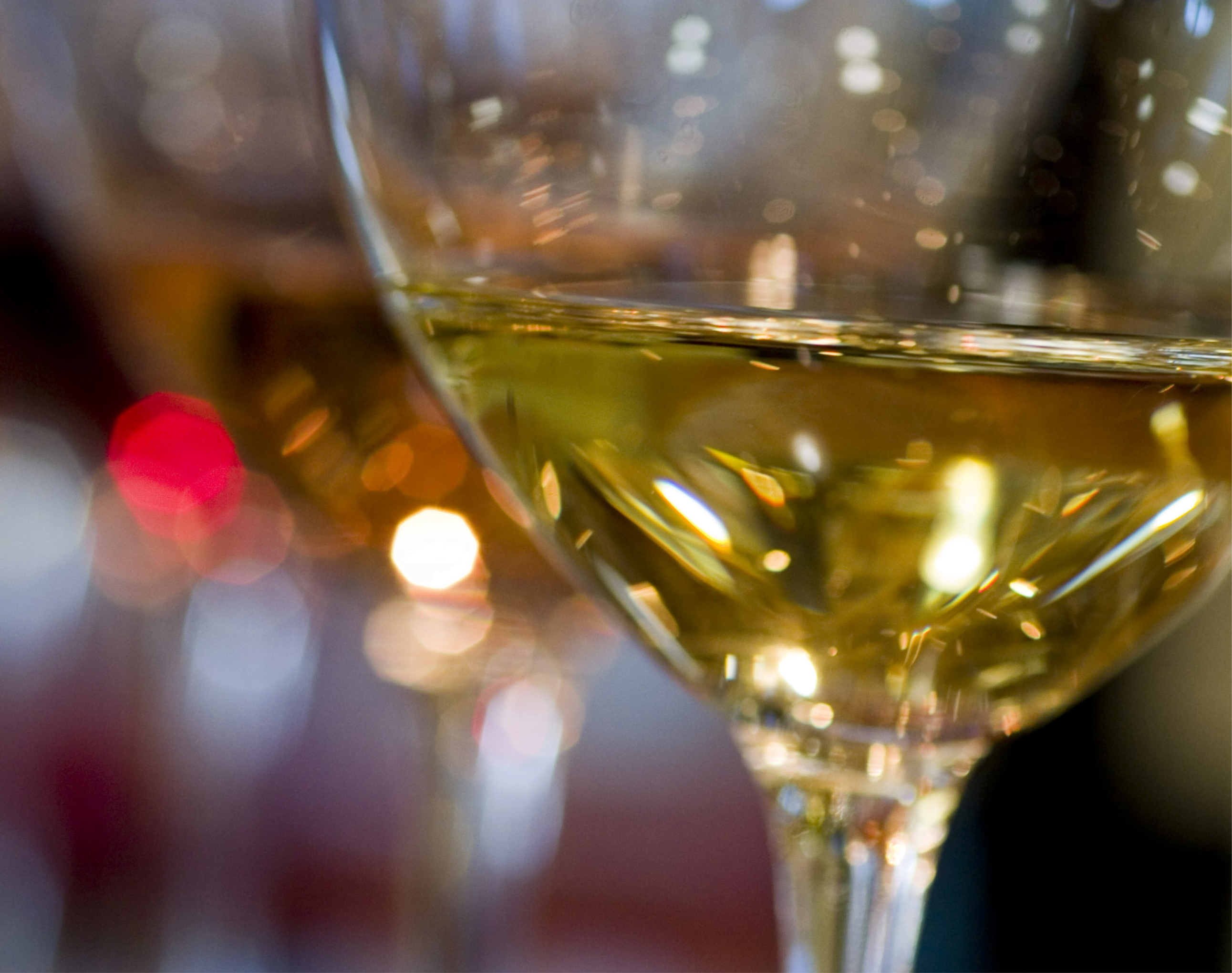
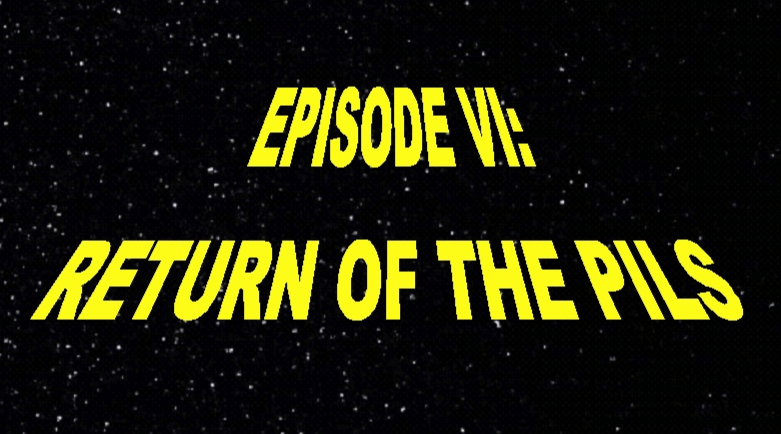


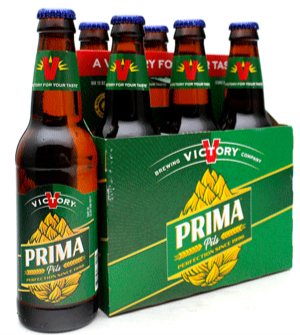

 Weihenstephaner Pils
Weihenstephaner Pils

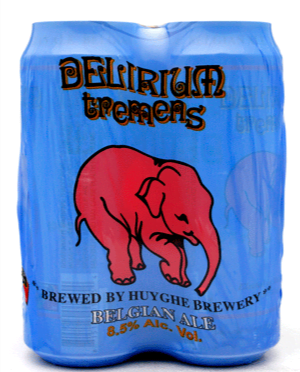
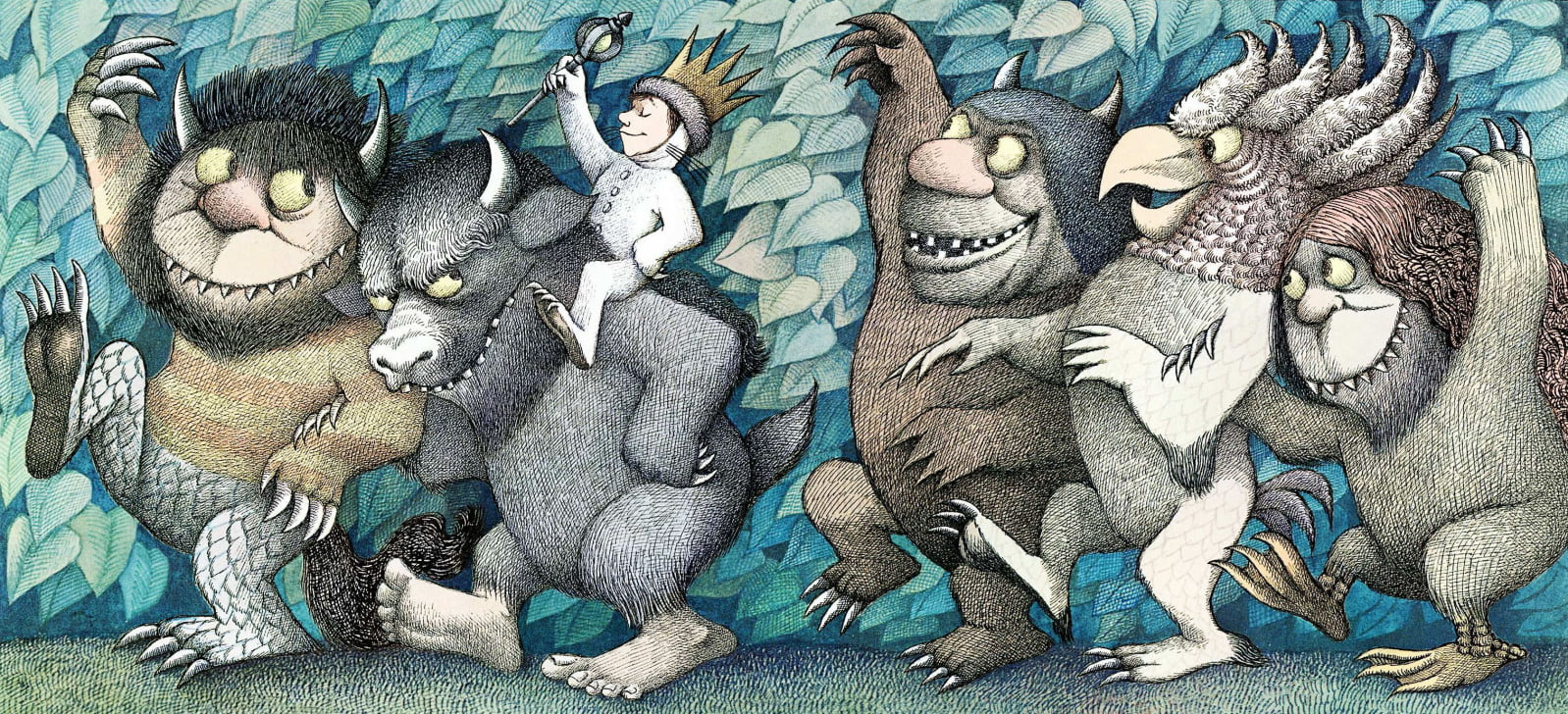
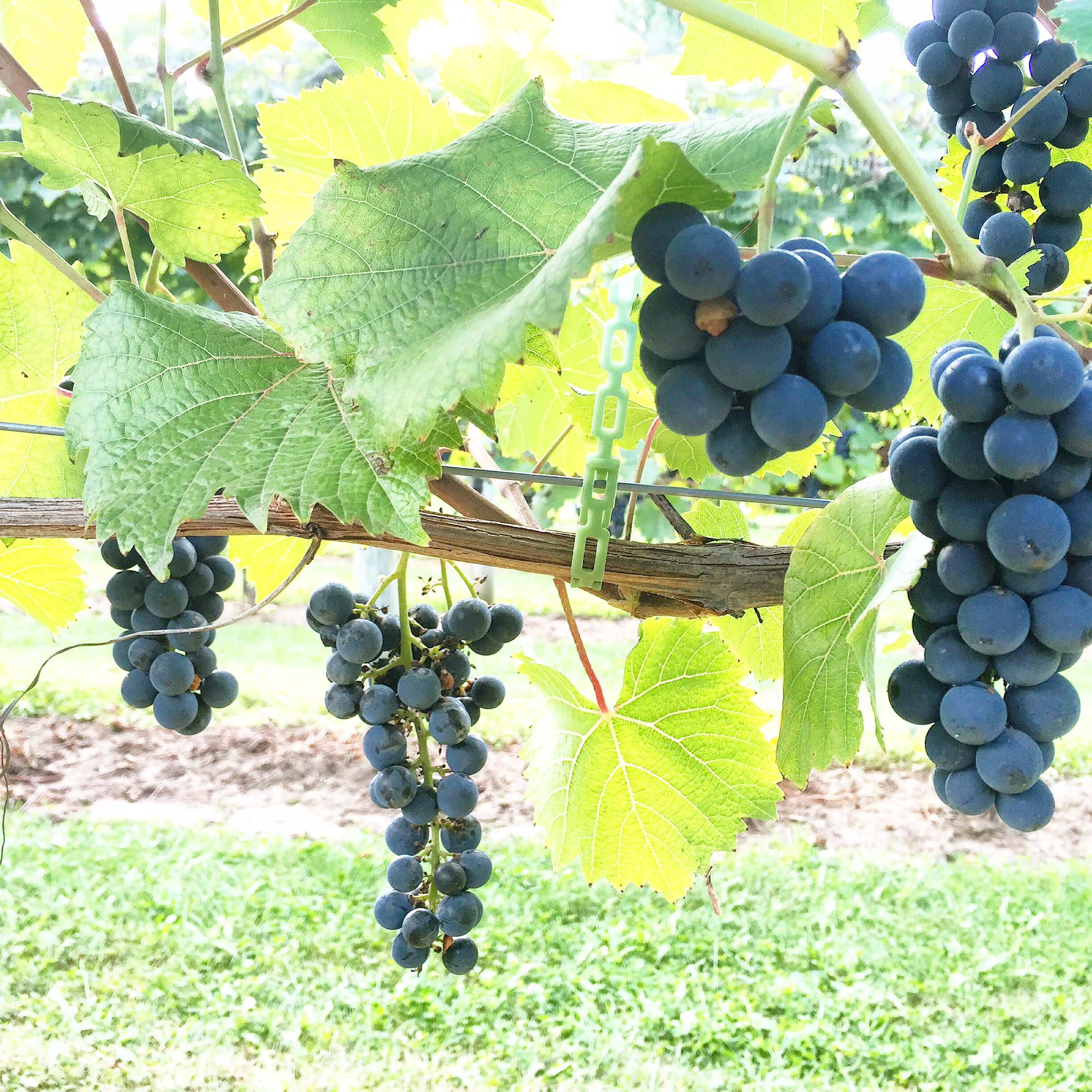


 For the Happy Parents:
For the Happy Parents:  For the Sweetest Smoocher:
For the Sweetest Smoocher: 
 For the Final Goodbye:
For the Final Goodbye: 
 For a Name-Specific Gift: Your special someone possibly shares a name with a quaffable brew. Following are some options on hand.
For a Name-Specific Gift: Your special someone possibly shares a name with a quaffable brew. Following are some options on hand.